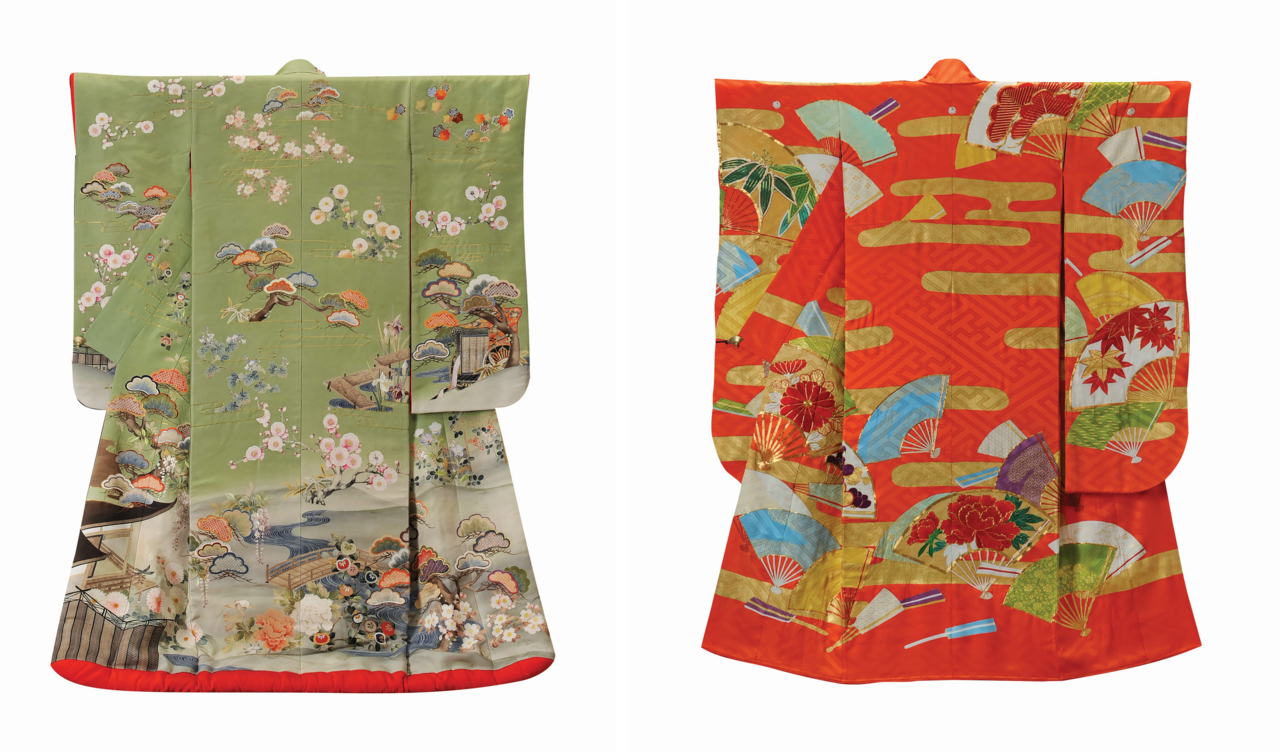When Yozaemon Chikiriya established his garment business, Chiso, in Kyoto, his primary customers were monks who required fine clerical vestments. That was 1555. More than four centuries later, the company’s intricately cut robes are coveted as luxury garments, and Chiso—having persevered through shrinking economies, shifting trends, wars, and more—has found itself among the last of Japan’s bespoke kimono houses. Still run by descendants of the Chikiriya clan, it has managed to survive as a powerhouse while honoring tradition and avoiding fast-fashion business models that prioritize volume and profits over quality.

Check out the article here









No comments:
Post a Comment